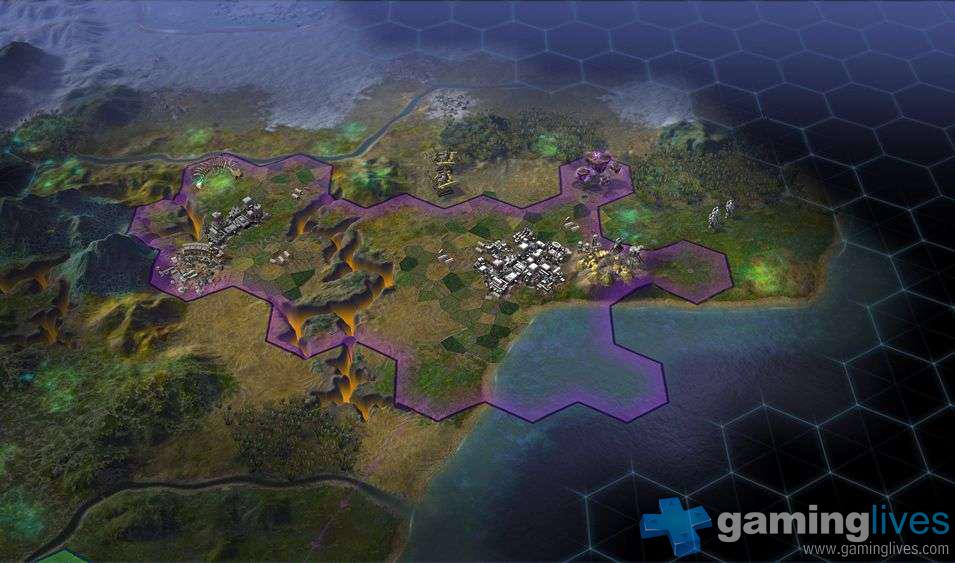

Strong themes that emerged from the workshop were that biosignatures must be interpreted in the context of their environment, and that frameworks must be developed to link diverse forms of scientific understanding of that context to quantify the likelihood that a biosignature has been observed. Because of the immense content of these review papers, this summary provides a guide to their complementary scope and highlights salient features. The Exoplanet Biosignatures Workshop Without Walls (EB2018 in this issue) (2) an in-depth review of O2 as a biosignature, rigorously examining the nuances of false positives and false negatives for evidence of life (Meadows et al., 2018 in this issue) (3) a Bayesian framework to comprehensively organize current understanding to quantify confidence in biosignature assessments (Catling et al., 2018 in this issue) (4) an extension of that Bayesian framework in anticipation of increasing planetary data and novel concepts of biosignatures (Walker et al., 2018 in this issue) and (5) a review of the upcoming telescope capabilities to characterize exoplanets and their environment (Fujii et al., 2018 in this issue). The rapid rate of discoveries of exoplanets has expanded the scope of the science possible for the remote detection of life beyond Earth.

There are regions of the parameter space that correspond to a quasi-stationary state satisfying observable constraints and possessing viable SETI targets. Advanced aspects of Galactic habitability are amenable to precision studies using massive parallel computer simulations.


While the largest part of the examined parameter space shows very low habitability values, as expected, the remaining part has some observationally appealing features that imply, among other things, a reduction in the amount of fine-tuning necessary for resolving the Fermi paradox.Ĭonclusions. We employed a new type of numerical simulation based on 1D probabilistic cellular automaton with very high temporal resolution, in order to study astrobiological dynamics. Our aim is to numerically investigate the dynamics of opposed processes of expansion (panspermia, colonization) and extinction (catastrophic mechanisms) of life in the Galaxy. These evolutionary tendencies have become objects of study in fields such as ecology, macroevolution, risk analysis, and futures studies, though a serious astrobiological treatment has so far been lacking.Īims. In order to build precise, quantitative models of the Galactic habitability, we need to account for two opposing tendencies of life and intelligence in the most general context: the tendency to spread to all available ecological niches (conventionally dubbed “colonization”) and the tendency to succumb to various types of existential catastrophes (“catastrophism”). Astrobiological evolution of the Milky Way (or the shape of its “astrobiological landscape”) has emerged as a key research topic in recent years. But if we find that life is commonplace while technosignatures are absent, then this would in-crease the likelihood that the Great Filter awaits to challenge us in the future.Ĭontext. If planets with technosignatures are abundant, then we can increase our confidence that the hardest step in planetary evolution-the Great Filter-is probably in our past. Yet search-ing for technosignatures alongside biosignatures would provide important knowledge about the future of our civilization. Current mission concepts that would observe biosignatures from ultraviolet to near-infrared wavelengths could place upper limits on the fraction of planets in the galaxy that host life, although such missions tend to have relatively limited capabilities of constraining the prevalence of technosignatures at mid-infrared wavelengths. An extension of this spectroscopic characterization of exoplanets is the search for observational evidence of technology, known as technosignatures. The search for spectroscopic biosignatures with the next-generation of space telescopes could provide observational constraints on the abundance of exoplanets with signs of life.


 0 kommentar(er)
0 kommentar(er)
